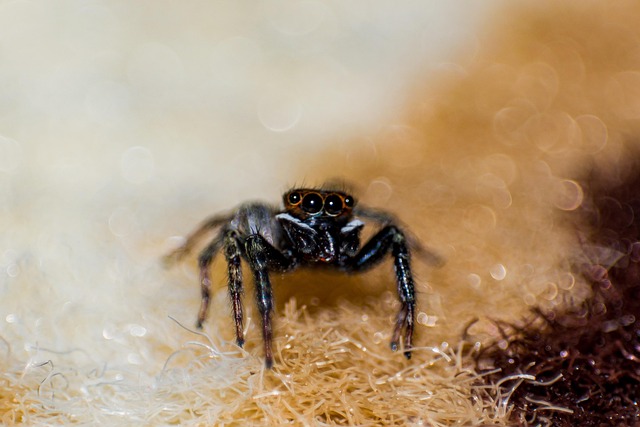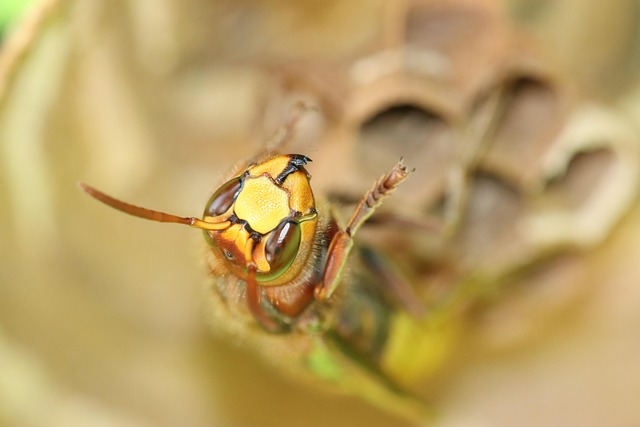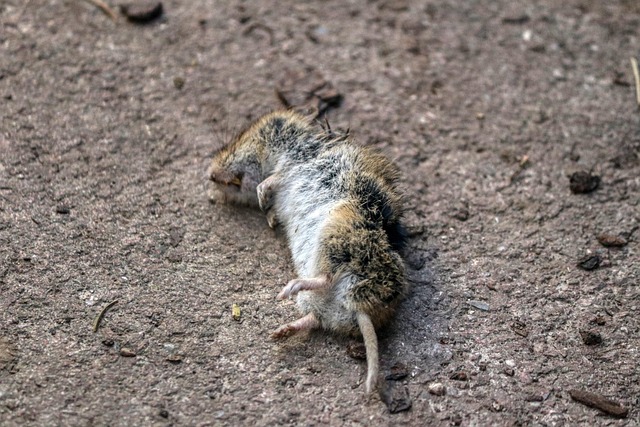A musty smell in your Wheat Ridge basement often indicates pest invasion. Inspect for damage and entry points to identify the pest type. Locate and seal common access points to prevent future infestations. Professional pest control services use baiting and pesticides for comprehensive basement protection.
Are you tired of that persistent musty smell in your Wheat Ridge basement? It could be an indicator of unwelcome visitors—pantry pests. These tiny invaders can infiltrate your home through seemingly hidden entry points, causing damage and spoiling stored food. In this article, we’ll guide you through identifying the source of the scent, locating common pest entry points, and providing effective treatments to eradicate and prevent basement pests, ensuring a fresh and pest-free environment.
- Identifying Musty Smells: Signs of Pests in Wheat Ridge Basements
- Locating the Source: Common Pantry Pest Entry Points
- Effective Treatments: Eradicating and Preventing Basement Pests
Identifying Musty Smells: Signs of Pests in Wheat Ridge Basements

If you’ve noticed a persistent, musty odor in your Wheat Ridge basement, it could be an early sign of pest invasion. Pests like moths, rodents, and insects often go unnoticed until they’ve bred and established themselves in dark, damp spaces—your basement being one of them. The musty smell is usually the first hint that something isn’t quite right; it’s a scent that pests leave behind as they feed on organic materials stored or accumulated in your pantry or basement area.
So, if you’re detecting this peculiar smell and suspect pest activity, the next step is to pinpoint the source. Check for signs of damage or entry points, such as tiny holes in fabric or packaging, visible insect debris, or unusual tracks on floors and walls. These clues will help identify the type of pest and guide your next steps towards effective wheat ridge basement pest control measures.
Locating the Source: Common Pantry Pest Entry Points

Pest control for pantry invaders often starts with identifying where they’re coming from. These pesky critters can find their way into your Wheat Ridge home through various entry points, often leaving a distinct musty smell in their wake. The first step is to investigate and locate these access points, as this will guide your treatment strategy. Common culprits include cracks in foundations, gaps around pipes and cables, open windows, or even tiny holes in screens.
Inspecting your basement, especially dark corners, for signs of pest activity like droppings, chewed packaging, or webs is crucial. Once you’ve found the source, sealing these entry points with caulk or other appropriate materials will help prevent future invasions. This step-by-step approach to finding and fixing the problem can effectively eliminate pantry pests and keep your food safe.
Effective Treatments: Eradicating and Preventing Basement Pests

If you’re dealing with pests in your Wheat Ridge basement, identifying the problem is the first step to effective treatment. One common yet subtle sign is a musty smell, which could indicate an infestation of common basement pests like spiders, centipedes, or even rodents. These pests often find their way downstairs through cracks and openings, attracted by food sources and shelter.
Finding the source is crucial for successful pest control. Inspect your basement for any entry points, such as gaps around pipes, wires, or windows. Sealing these areas with caulk or appropriate sealing materials can prevent future invasions. Professional pest control services in Wheat Ridge often employ a combination of treatments, including baiting systems and targeted applications of pesticides to eradicate existing pests and deter future ones. This comprehensive approach ensures that not only are the current intruders eliminated but also that your basement remains pest-free for an extended period.
Identifying and addressing the source of a musty smell in your Wheat Ridge basement is crucial for effective pest control. By understanding common entry points and implementing targeted treatments, you can eradicate existing infestations and prevent future issues. Remember, locating the source is key to navigating this pest control puzzle, ensuring a clean, pest-free environment in your basement.
